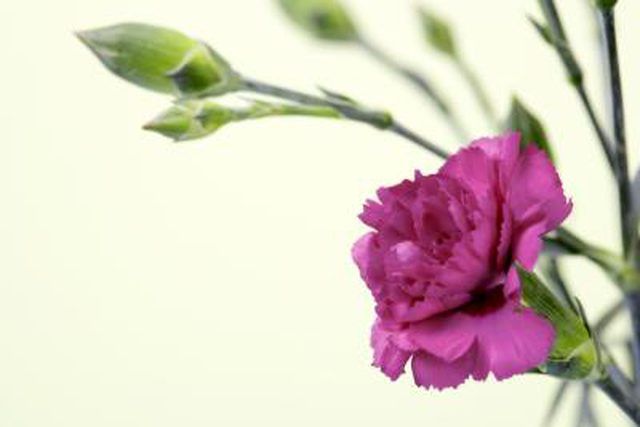Bulbs
Flower Basics
Flower Beds & Specialty Gardens
Flower Garden
Garden Furniture
Garden Gnomes
Garden Seeds
Garden Sheds
Garden Statues
Garden Tools & Supplies
Gardening Basics
Green & Organic
Groundcovers & Vines
Growing Annuals
Growing Basil
Growing Beans
Growing Berries
Growing Blueberries
Growing Cactus
Growing Corn
Growing Cotton
Growing Edibles
Growing Flowers
Growing Garlic
Growing Grapes
Growing Grass
Growing Herbs
Growing Jasmine
Growing Mint
Growing Mushrooms
Orchids
Growing Peanuts
Growing Perennials
Growing Plants
Growing Rosemary
Growing Roses
Growing Strawberries
Growing Sunflowers
Growing Thyme
Growing Tomatoes
Growing Tulips
Growing Vegetables
Herb Basics
Herb Garden
Indoor Growing
Landscaping Basics
Landscaping Patios
Landscaping Plants
Landscaping Shrubs
Landscaping Trees
Landscaping Walks & Pathways
Lawn Basics
Lawn Maintenance
Lawn Mowers
Lawn Ornaments
Lawn Planting
Lawn Tools
Outdoor Growing
Overall Landscape Planning
Pests, Weeds & Problems
Plant Basics
Rock Garden
Rose Garden
Shrubs
Soil
Specialty Gardens
Trees
Vegetable Garden
Yard Maintenance
How to Grow Carnations from Cuttings
How to Grow Carnations from Cuttings. Carnations, known botanically as Dianthus caryophyllus, are herbaceous perennial plants with sweetly scented, ruffled blossoms. Carnations bloom from late spring through summer in a multitude of attractive colors including white, pink red, yellow and lavender. These handsome garden favorites may be propagated...

Carnations, known botanically as Dianthus caryophyllus, are herbaceous perennial plants with sweetly scented, ruffled blossoms. Carnations bloom from late spring through summer in a multitude of attractive colors including white, pink red, yellow and lavender. These handsome garden favorites may be propagated by seeds or rooted cuttings. Carnations perform best in U.S. Department of Agriculture plant hardiness zones 4 through 9, where they may be grown from cuttings with little difficulty.
Things You'll Need
Garden shears
4-inch planting container
Horticultural sand
Rooting hormone
Hand shovel
Garden hose or watering can
High-phosphorus fertilizer
Take a 4- to 6-inch cutting from a healthy carnation plant using sharpened and sterilized garden shears. For best results, make a clean cut at a 45-degree angle. Remove all of the leaves from the bottom half of the cutting.
Dust the cut end of the carnation cutting with a rooting hormone powder; obtain rooting hormone from your local garden center or nursery. Insert the bottom 1 to 1-1/2 inches of the cutting into a 4-inch planting container filled with moist horticultural sand.
Place the planting container in a location that receives plenty of bright, indirect sunlight. Keep the temperature of the room between 70 and 75 degrees Fahrenheit to encourage the cutting to root. Water the sand, as necessary, to keep it lightly moistened.
Wait three to four weeks for the cutting to form healthy roots. Transplant the rooted cutting to a well-drained site in your garden or home landscape that receives a minimum of six hours of direct sunlight per day.
Irrigate your carnations with up to 1 inch of water immediately after planting. Allow the top 1 inch of soil to dry to the touch between each subsequent irrigation. Cease supplemental irrigation in the fall and resume your regular watering schedule in the early spring.
Apply an application of a high-phosphorus, "bloom booster" fertilizer in the early spring to stimulate the plant's blooming cycle. Follow the use instructions on the fertilizer packaging.